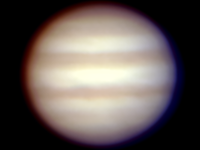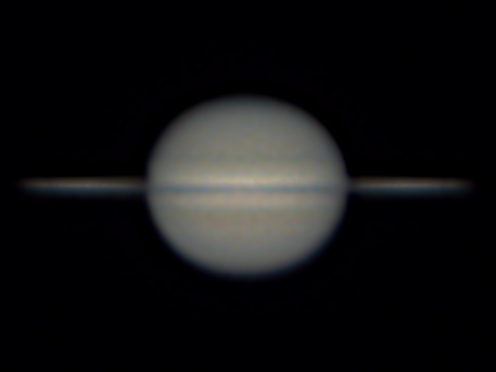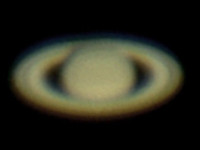Nigel Evans, 15 June 2020.
A composite of Mercury, spanning the period 28 May - 15 June. Although seeing was mostly poor, the images show the diameter of the disk grow and the phase decline as the planet approached inferior conjunction on 01 July 2020. Celestron EdgeHD 200 mm Schmidt-Cassegrain telescope.








































































































































































